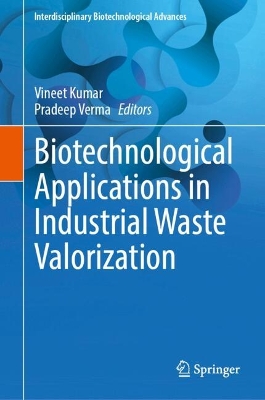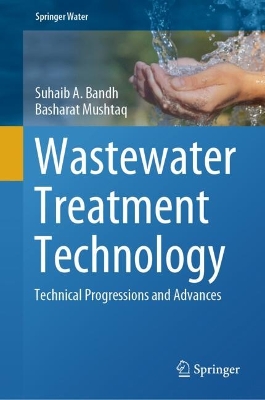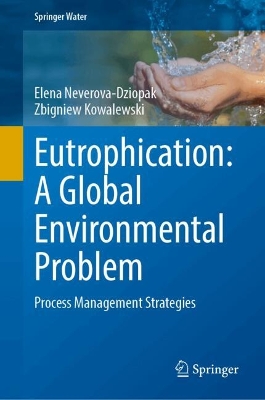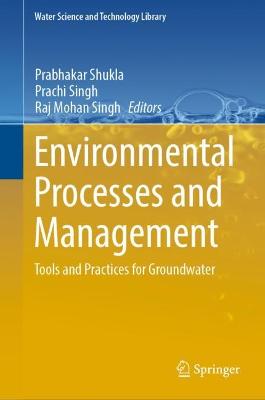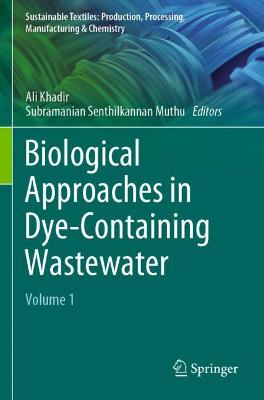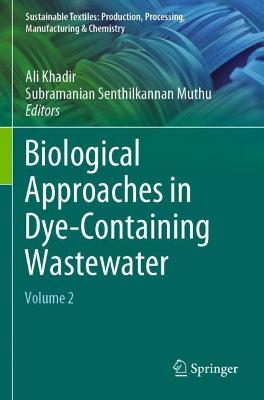Innovation, Quality and Sustainability for a Resilient Circular Economy
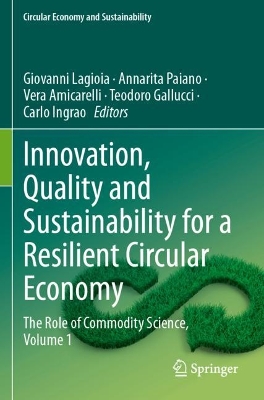 portes grátis
portes grátis
Innovation, Quality and Sustainability for a Resilient Circular Economy
The Role of Commodity Science, Volume 1
Gallucci, Teodoro; Lagioia, Giovanni; Paiano, Annarita; Amicarelli, Vera; Ingrao, Carlo
Springer International Publishing AG
03/2025
541
Mole
Inglês
9783031282942
15 a 20 dias

